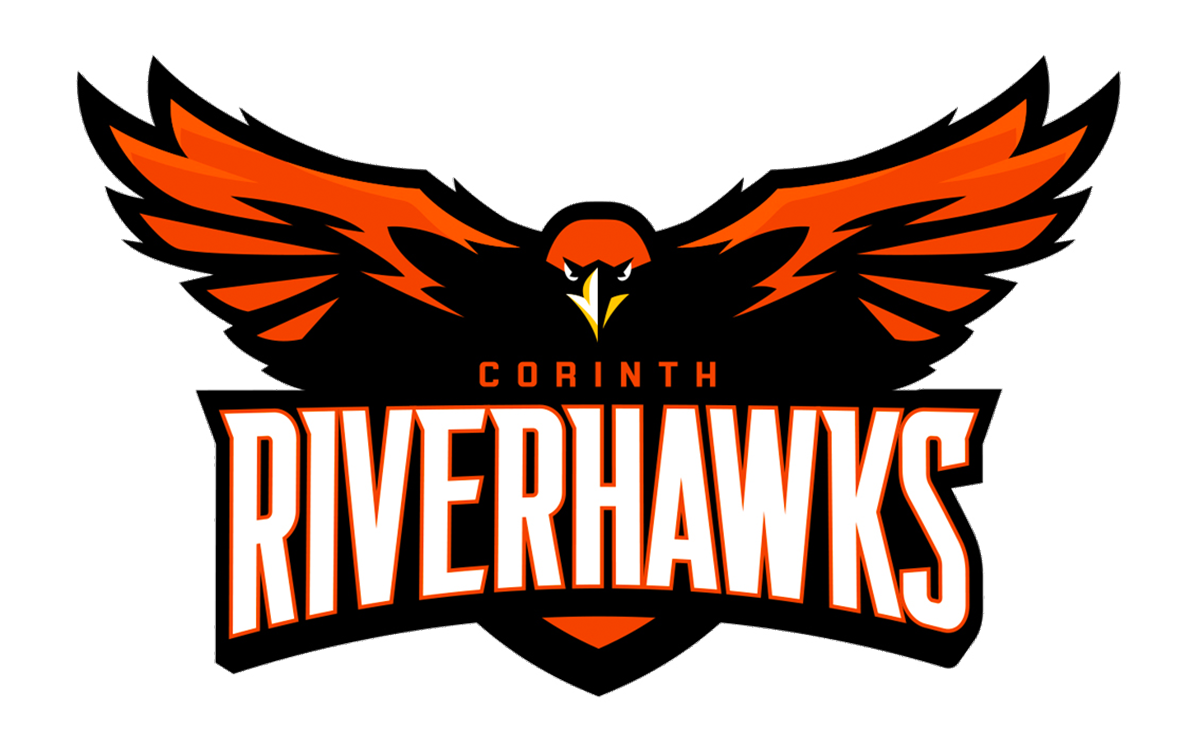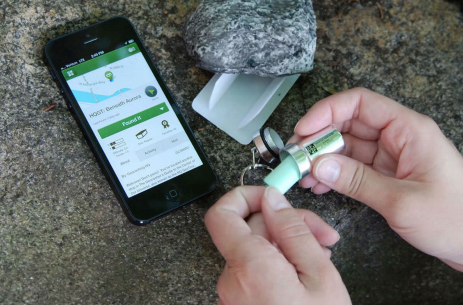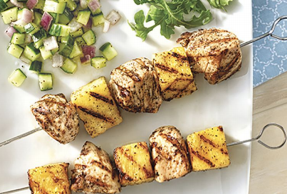Is your family looking for a fun new activity…try Geocaching!
Join the World's Largest Treasure Hunt! Geocaching is an outdoor recreational activity, in which participants use a Global Positioning System (GPS) receiver or mobile device and other navigational techniques to hide and seek containers called "geocaches" or "caches"at specific locations marked by coordinates all over the world -- even right here in Corinth and surrounding areas!! Check it out: https://www.geocaching.com/play
It's fun for the whole family. Kids don't have to put the phone down because they need a device, to read the coordinates, to find the cache. There is a great deal of learning about nature, maps, direction, team work, puzzle and problem solving. It gets you outside, moving and visiting new places. It's free and world-wide, so you can do it anywhere you go. Be prepared by carrying small trinkets; sometimes the container will hold a signature log, but sometimes it will hold "treasures" for trading. Create an account to log your finds. Read other peoples notes for clues when searching. Another cool part of this game is the "trackable" - these carry a bar code that when searched in the system will show you where the item has traveled. When found, you move it to another cache, log it and continue its journey. A fascinating activity that is healthy, engaging, educational and super fun!






